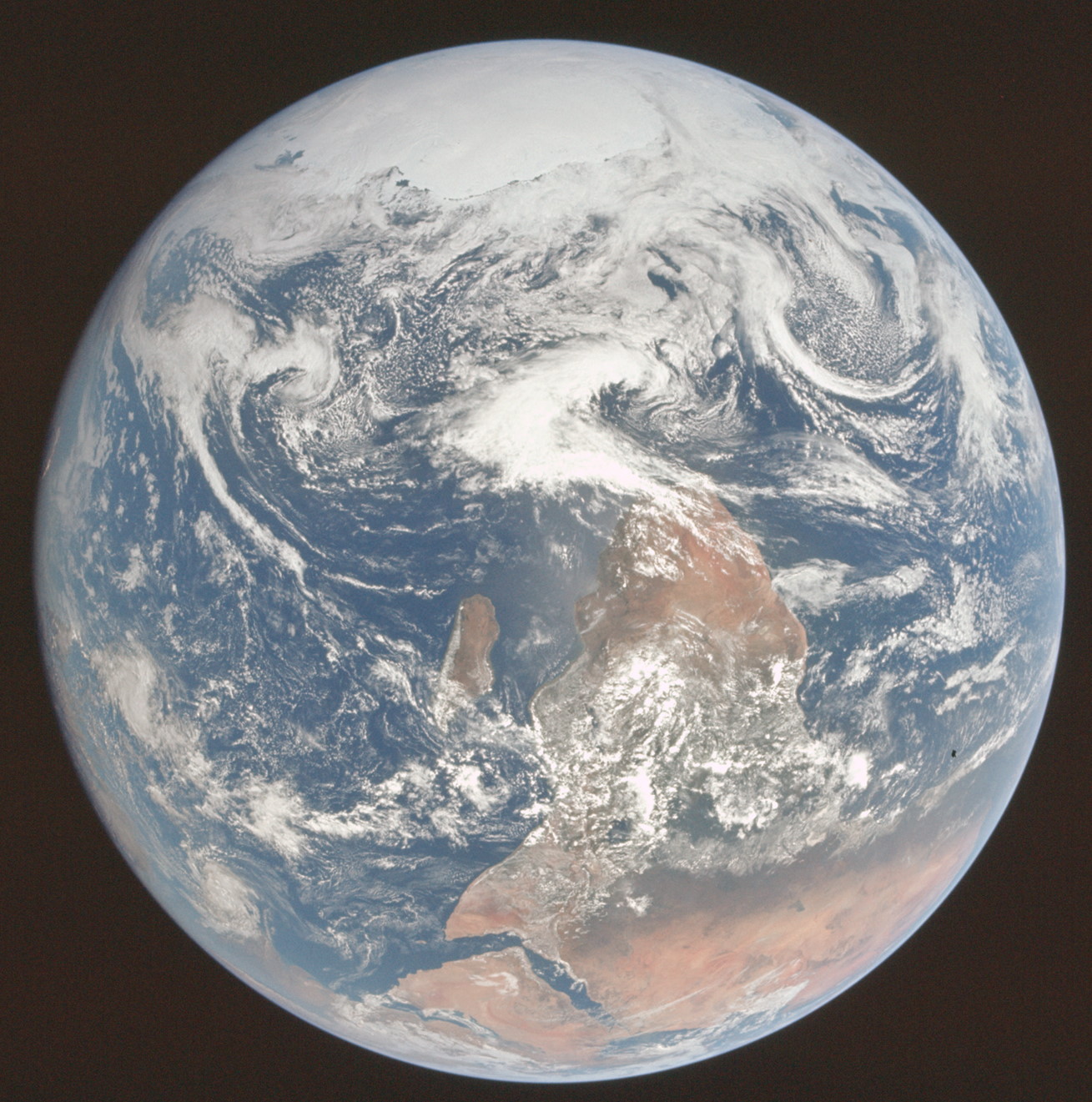Earthquakes are usually pretty scary, but they are a natural part of life on Earth. The reason they are devastating to humans is because we have built buildings and cities on top of ground that is often not as stable as we’d like it to be. And here’s an important perspective: “Earthquakes don’t kill people, buildings do,” says Bill Nye, as he explains what causes this geological phenomenon. Beneath the oceans’ water, our planet has big slabs of land called tectonic plates that sit atop the earth’s lava (a layer of molten rock that scientist call magma). There are gaps between these tectonic plates, so they slide and move over the magma and at times collide, causing a natural earthquake. But there are also manmade earthquakes, like the ones in the American Midwest. Bill Nye explains what’s going on with these quakes, the basics of what to do if you’re ever in an earthquake, and how science and smarter architecture can help humans survive the clashing of these tectonic plates beneath us. Bill Nye is the author of Unstoppable: Harnessing Science to Change the World.
Riley: Bill, this is Riley. How does the Earth have earthquakes?
Bill Nye: Riley. This is a fabulous question. How does the Earth have earthquakes? Well nominally, or just thinking about it the first way, the Earth is made of these big slabs of land that move around on the lava or “magma,” which is what geologists call that molten rock when it’s underground—magma. And they move around and they just bump into each other.
Four and a half billion years ago, when these objects formed out of dust—it is interesting to notice, Riley, that not only is the dust on a bookshelf being pulled down by the Earth, but the dust is ever so slightly pulling the Earth up. They are attracting each other. It’s quite a thing to get your head around, as we say. So the Earth was formed from dust. It came like this and it started spinning. Then that compressing it, it got hot, and now these pieces of land are bouncing off each other. So the ocean sits on top of plates of land. The ocean is on top of solid stuff. You may not have thought about that but the ocean is relatively shallow compared to how deep the Earth is, how big the Earth is.
So along this line, that’s one way we get earthquakes. Right now humans are causing earthquakes in the North American Midwest. A friend of mine lives in Oklahoma and what we’ve done is drilled so many holes into the crust, into the Earth, to get to oil and gas that we’re actually allowing these much smaller pieces of the Earth’s crust, the outer layer, to shift around a little bit. And that’s also causing what are just like earthquakes. It’s really a remarkable thing.
And I remind you, Riley: earthquakes don’t kill people. Buildings kill people.
So what we do now is we design buildings that can stand an earthquake. And if you’re in an earthquake—I’ve been in several earthquakes. I’m fine. If you’re in a building and there’s a big earthquake, try to get outside. This is what we recommend. And so I hope that in your lifetime here, for example, in the United States, all our buildings are made strong enough for earthquakes. All our bridges. Everything. I hope we can pull that off because we understand it now. When I was a kid, Riley, when I was your age this idea of tectonic plates—'tectonic' is a Greek word for builder, for build. The Earth is built of these tectonic plates. That was still controversial. The people didn’t altogether agree on it.
And it started in the 1800s with Alfred Wegener, who saw where South America seemed to fit into Africa, and it sort of does. And there's really compelling evidence: he found the same fossils in South America that you find in Africa at the same level, the same layers, of rock exist on both continents. And he went, “Hey man, check it out.” I paraphrase because it was German.
But that led to a whole bunch of discoveries that proved that the main idea in all geology is tectonic plates. And some of them, by the way, some of the evidence I mean, was done by submarines in World War II, trying to sneak across the North Atlantic like between the underwater mountains. It’s very cool.
So tectonic plates allow the shifting of the Earth’s surface which causes earthquakes. On a much shallower level if you drill enough holes in the ground and set off and pressurize enough places you can also get earthquakes.
They’re just part of life, Riley. It’s part of living on the Earth. It’s cool.







